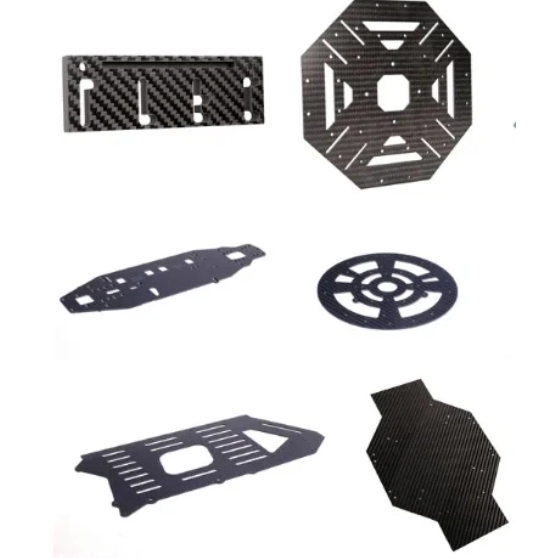In the realm of modern engineering, the demand for materials that combine exceptional strength with minimal weight has led to the development of innovative composites like clad aluminum carbon fiber tube. These hybrid structures, featuring a core of high-strength aluminum encased in a sheath of carbon fiber, are transforming industries from aerospace and automotive to sports equipment and renewable energy. This article explores the unique advantages of carbon fiber clad aluminum tubes and their growing applications across diverse sectors.
The marriage of aluminum and carbon fiber creates a synergistic material that leverages the best properties of both components. Aluminum’s inherent lightness, corrosion resistance, and malleability form a robust core, while the carbon fiber outer layer adds extraordinary tensile strength, stiffness, and fatigue resistance. This combination results in a tube that is significantly lighter than traditional steel or aluminum equivalents yet retains the ability to withstand heavy loads and harsh environmental conditions. For instance, in aerospace applications, these tubes reduce structural weight, enhancing fuel efficiency and payload capacity, while in automotive manufacturing, they contribute to lighter, more energy-efficient vehicles.
One of the key benefits of carbon fiber clad aluminum tubes is their exceptional strength-to-weight ratio. This makes them ideal for applications where weight reduction is critical without compromising on durability. In sports equipment, such as bicycle frames and golf club shafts, the material provides athletes with tools that are both lightweight and rigid, improving performance. Similarly, in renewable energy infrastructure, carbon fiber clad aluminum tubes are used in wind turbine components and solar panel supports, where their resistance to corrosion and fatigue ensures long-term reliability in demanding environments.
Another advantage lies in the material’s design flexibility. Carbon fiber can be precisely engineered to enhance specific properties, such as directional strength or thermal conductivity, allowing manufacturers to tailor tubes to meet exacting specifications. This customization capability has made carbon fiber clad aluminum tubes a preferred choice in high-tech industries, including robotics and precision machinery, where components must perform with pinpoint accuracy.
The manufacturing process of carbon fiber clad aluminum tubes involves advanced techniques to ensure a seamless bond between the aluminum core and carbon fiber layer. This integration not only maximizes the material’s structural integrity but also provides additional benefits, such as improved thermal management and electromagnetic shielding. As a result, these tubes are increasingly being adopted in electronic enclosures and aerospace components where such properties are critical.
Looking ahead, the versatility of carbon fiber clad aluminum tubes positions them at the forefront of material innovation. As industries continue to prioritize sustainability and efficiency, the lightweight nature of these tubes reduces energy consumption throughout their lifecycle, aligning with global environmental goals. Moreover, ongoing research into advanced composites and manufacturing processes promises to unlock even greater potential, further expanding the applications of this remarkable material.
In conclusion, carbon fiber clad aluminum tubes represent a significant leap forward in materials engineering, offering a perfect balance of strength, weight, and versatility. Their growing adoption across multiple industries underscores their transformative impact, and as technology advances, they are set to play an even more pivotal role in shaping the future of structural design.

